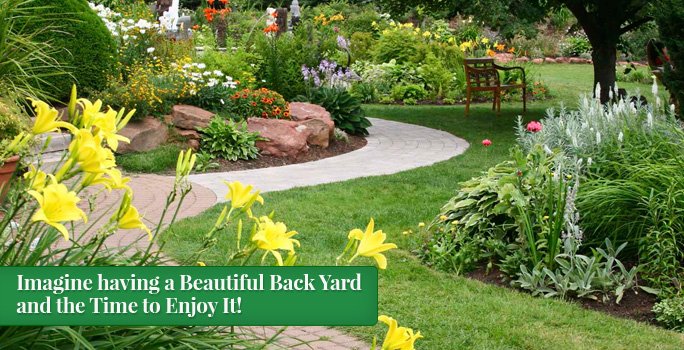
This week has certainly been a windy one! The part of your landscape that can take the most wind damage is also one of the most important—your trees. They provide shade and keep buildings cool. They clean the air of toxins, and they produce much of the oxygen that we breathe. So what are the best ways to address damaged trees and potentially cracked limbs to keep them from becoming a liability?
Inspect your trees, and as you do:
- Be aware that the tree’s age will likely impact how it weathered the wind and that not all issues are easily visible. While young trees typically do not sustain serious damage, mature deciduous trees not only can be seriously damaged but have problems that aren’t obvious to an untrained eye.
- Be wary of cracks and splits in the limbs. Broken limbs pose grave threats to people and property. Often, split limbs may be hanging on by a thread, so to speak, and these “hangers,” may not be so readily noticed. A little more wind or late spring snow can send them crashing.
- Look more closely for hangers if there has been some obvious damage to a tree. Cracked limbs can be more difficult to see. One tell-tale sign that a limb is cracked is that it is bending down and/or resting on a limb below.
What to do with cracked branches:
- Most cracked branches continue to live. In spite of the cracks, nutrients will still move through the branch to keep offshoot branches and leaves alive. The tree will try to callous over the wound to “heal,” but the bark will not grow back together, and the limb will remain a hazard.
- If you have large deciduous trees or think you have trees with cracked branches, consider having them inspected by an arborist or landscape professional. Play it safe and remove wind-damaged limbs before they become a liability.
What to do with split trunks or large branches:
- High winds can also cause tree trunks or branches to split vertically or even uproot the tree. As with broken limbs, splits can be hazardous and need to be dealt with right away.
Simply sawing off a limb behind the break won’t be aesthetically pleasing or healthy for the tree. It’s critical to call in a qualified arborist or maintenance professional to remove broken limbs so that they are cut properly for the long-term health of the tree.
Click “DO IT FOR ME” to request a FREE quote.

Source: customer-service@bestyard.com in collaboration with Associated Landscape Contractors of Colorado


























